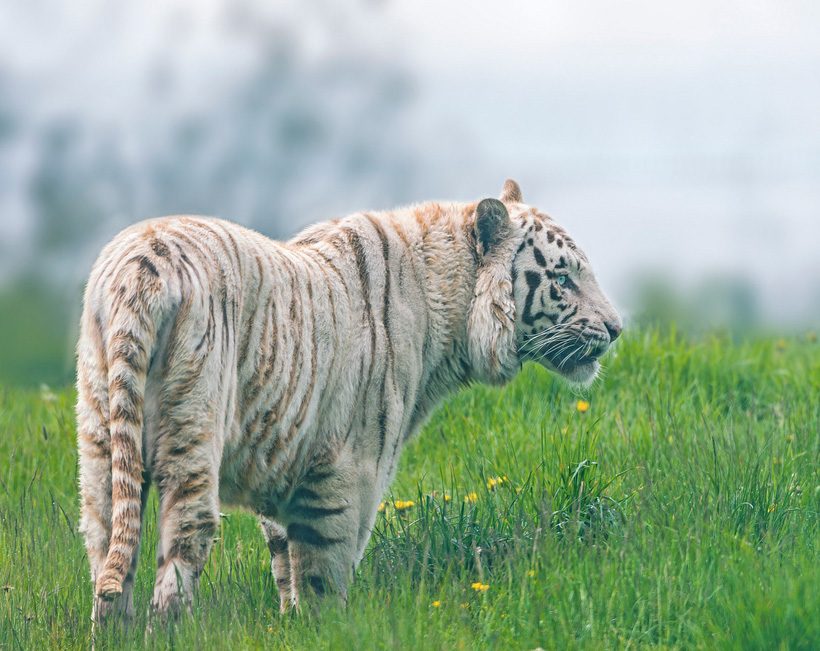The Colour of Controversy
White tigers, while incredibly beautiful and popular, are clouded with controversy over the inbreeding required to produce the cat’s rare appearance.
A white tiger is a striking creature. Tigers are always impressive animals, but when you take away the orange, the result is a big cat that looks like a phantom out of a dream. They seem almost magical, and yet I firmly believe that the world would be a better place if there was not a single white tiger in it.
There are only about 4,000 tigers, at most, remaining in the wild. Yet there are probably tens of thousands of captive tigers around the world (there is no official census). This would appear to make a compelling case for the existence of zoos and private collections. If tigers can survive and breed well in captivity, then perhaps more can be introduced to the wild when safe habitat becomes available. Yet that system isn’t working the way we think it does. A huge number of the captive tigers are hybrids of various subspecies and are so inbred that they will never be suitable for reintroduction to the wild. No tigers are more emblematic of this problem than white tigers.
In 2011, the Association of Zoos and Aquariums banned member zoos from breeding white tigers, lions, and cheetahs (PDF). This ban should prevent top-tier zoos from continuing to breed white tigers, and the Cincinnati Zoo has recently stopped selling white tigers. But it doesn’t prevent member zoos from continuing to display the animals. And as long as there is demand, those top-tier zoos may still obtain white tigers from other sources. Meanwhile, the white-washing of white tigers by major institutions helps maintain not only ticket revenue from a misled public but also misguided support for the rescue of a nonexistent endangered species.
You can end the misery by just Saying NO to any place that breeds or exploits white tigers.

